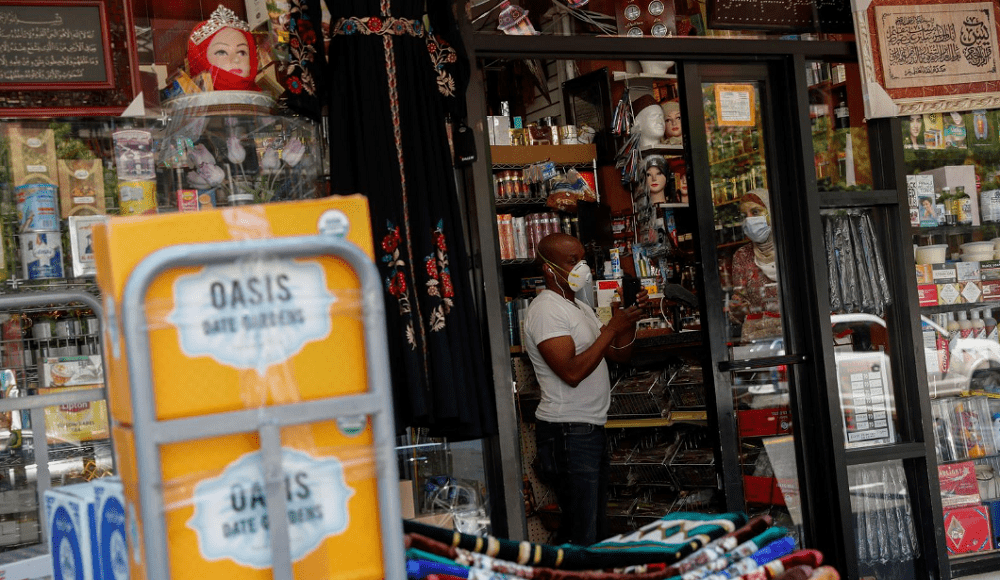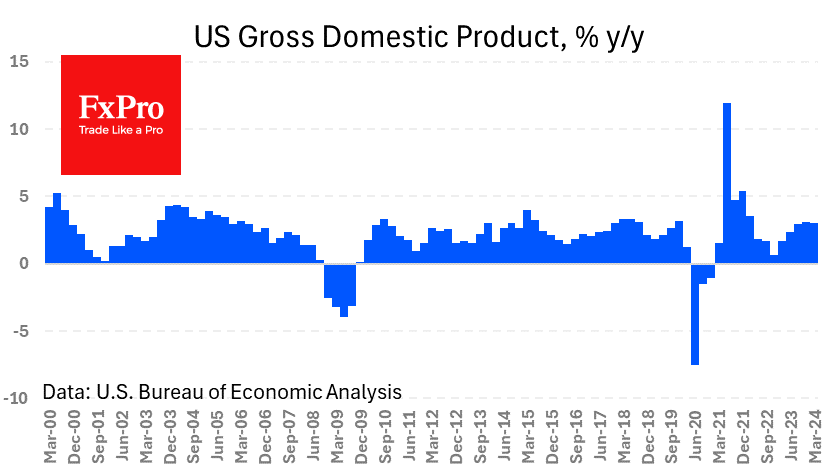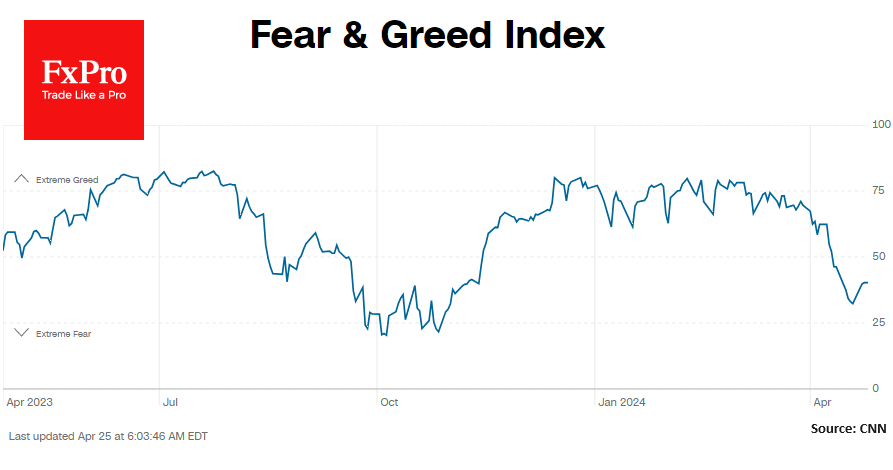Weak demand keeps U.S. inflation subdued
June 10, 2020 @ 20:34 +03:00
U.S. consumer prices fell for a third straight month in May and underlying inflation was weak as demand for goods and services remained subdued amid a recession caused by the COVID-19 pandemic.
But with nonessential businesses reopening after shuttering in mid-March to slow the spread of COVID-19, deflation, a decline in the general price level, is unlikely. Still, the report from the Labor Department on Wednesday suggested the disinflationary trend could persist for a while.
That together with a struggling labor market could see the Federal Reserve maintaining its very accommodative monetary policy stance for some time while nursing the economy back to health. Officials from the U.S. central bank were wrapping up a two-day policy meeting on Wednesday.
“We expect the crisis to result in a sustained slowing in inflation due to a net increase in slack,” said Jim O’Sullivan, chief U.S. macro strategist at TD Securities in New York. “The trend in inflation was already too low from the perspective of Fed officials. The latest data help the case for Fed officials to send a dovish signal today.”
The Labor Department said its consumer price index dipped 0.1% last month after plunging 0.8% in April, which was the largest decline since December 2008. Prices were held down by a 3.5% drop in the cost of gasoline, which followed a 20.6% plunge in April. That offset a 0.7% increase in the cost of food last month. Food prices jumped 1.5% in April.
Prices for food consumed at home rose 1.0% after surging 2.6% in April. The cost of beef shot up a record 10.8% in May, reflecting shortages as a result of COVID-19 infections at meat processing plants. Consumers also paid more for dairy products, fruits and vegetables. But cereals and bakery products were cheaper last month.
In the 12 months through May, the CPI edged up 0.1%. That was the smallest year-on-year rise since September 2015 and followed a 0.3% increase in April.
Economists polled by Reuters had forecast the CPI would be unchanged in May and gain 0.2% year-on-year.
The National Bureau of Economic Research, the arbiter of U.S. recessions, declared on Monday that the economy slipped into recession in February.
The Labor Department said in-store data collection had remained suspended since March 16 because of risks of exposure to COVID-19. The department added that data collection last month was also impacted “by the temporary closing or limited operations of certain types of establishments,” leading to “an increase in the number of prices being considered temporarily unavailable and imputed.”
Stocks on Wall Street were mixed as investor attention shifted to the Fed’s first projections on the economy post-coronavirus outbreak. The dollar fell against a basket of currencies. U.S. Treasury prices rose.
The Fed tracks the core personal consumption expenditures (PCE) price index for its 2% inflation target. The core PCE price index increased 1.0% on a year-on-year basis in April, the smallest advance since December 2010. May’s core PCE price index data will be released at the end of the month.
“The weakness in the economy should keep downward pressure on inflation over time and we expect softness in the core measures to be reported for upcoming months,” said Daniel Silver, an economist at JPMorgan in New York. “But we think that we probably have moved past the largest sequential monthly declines in inflation that came shortly after the virus spread.”
Weak demand keeps U.S. inflation subdued, Reuters, Jun 10








